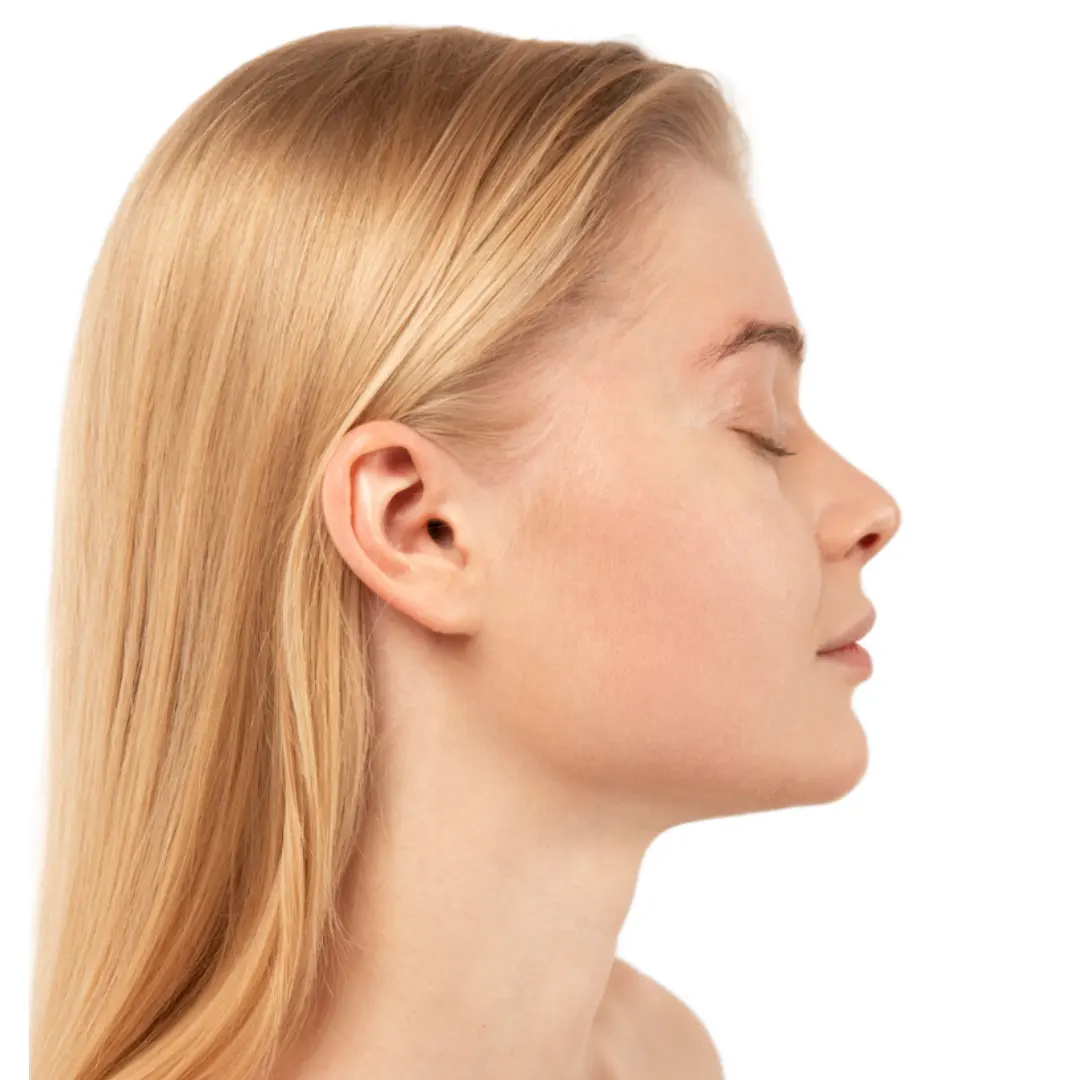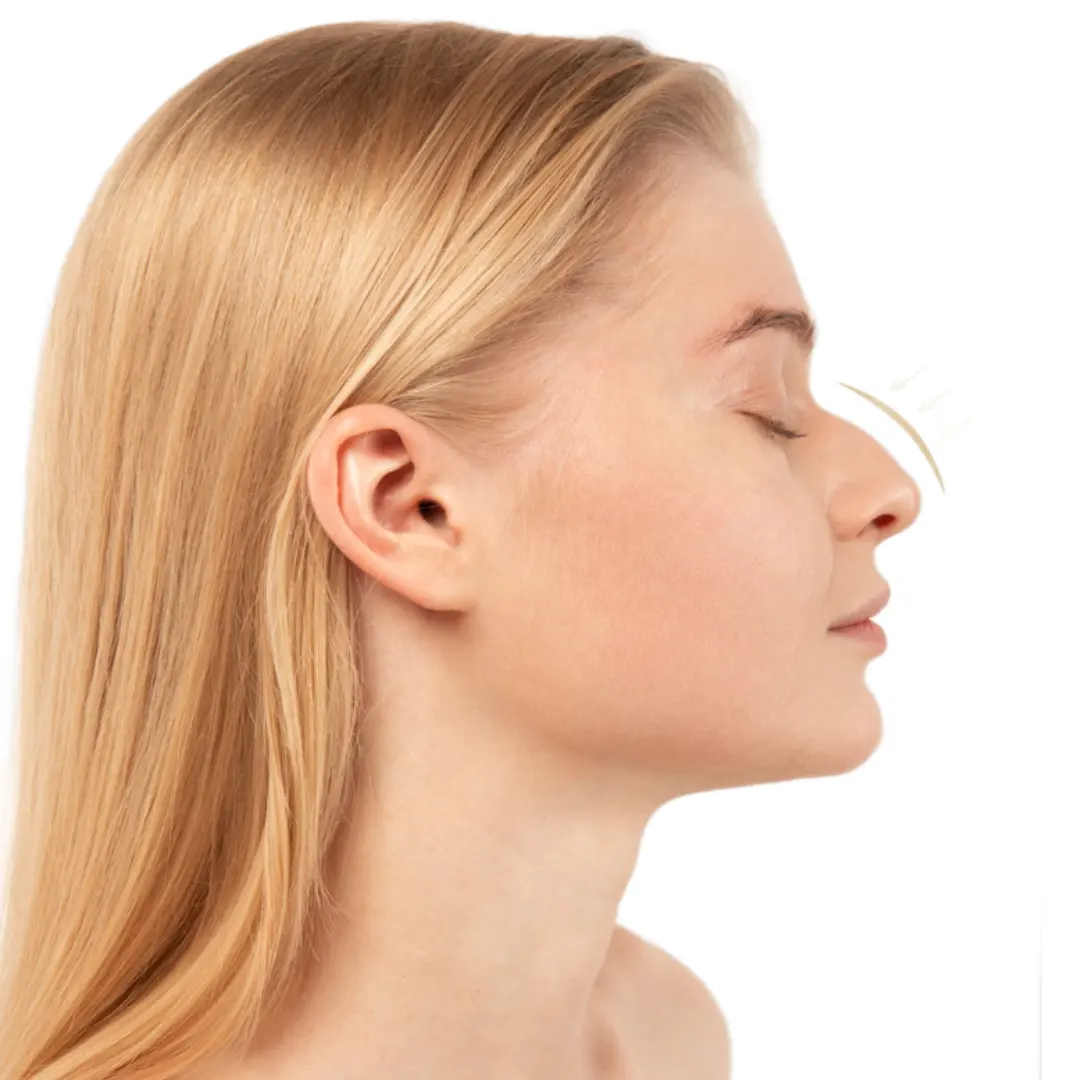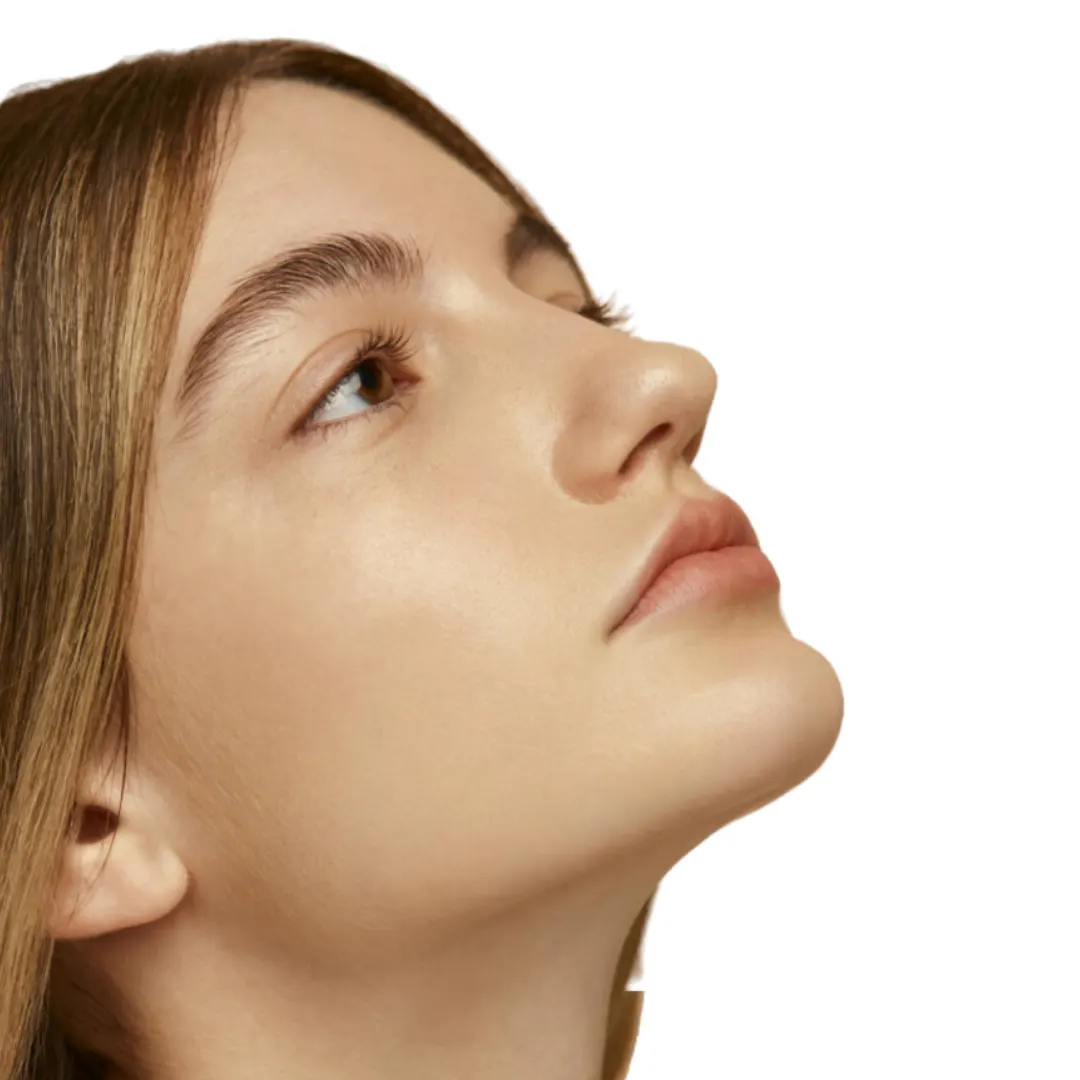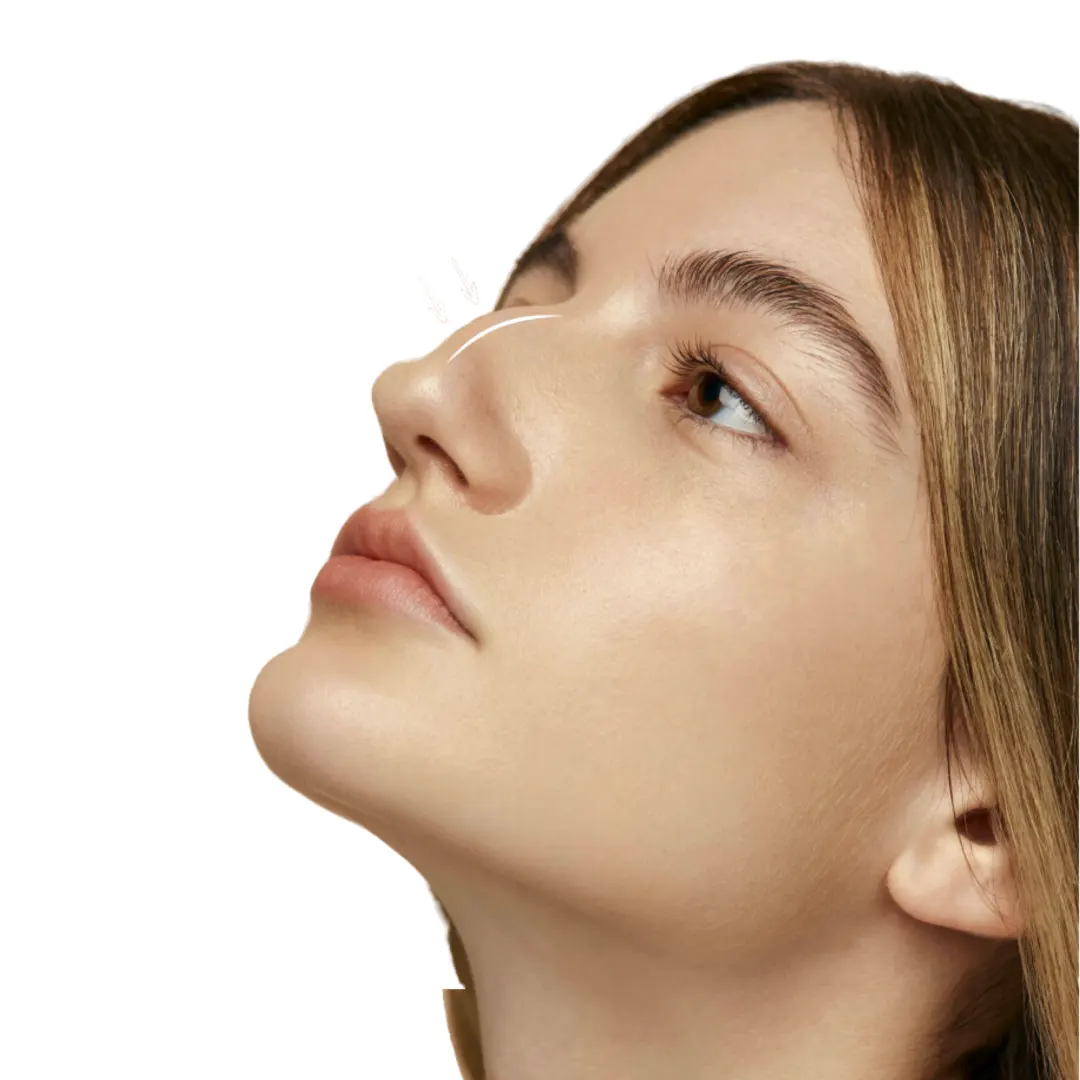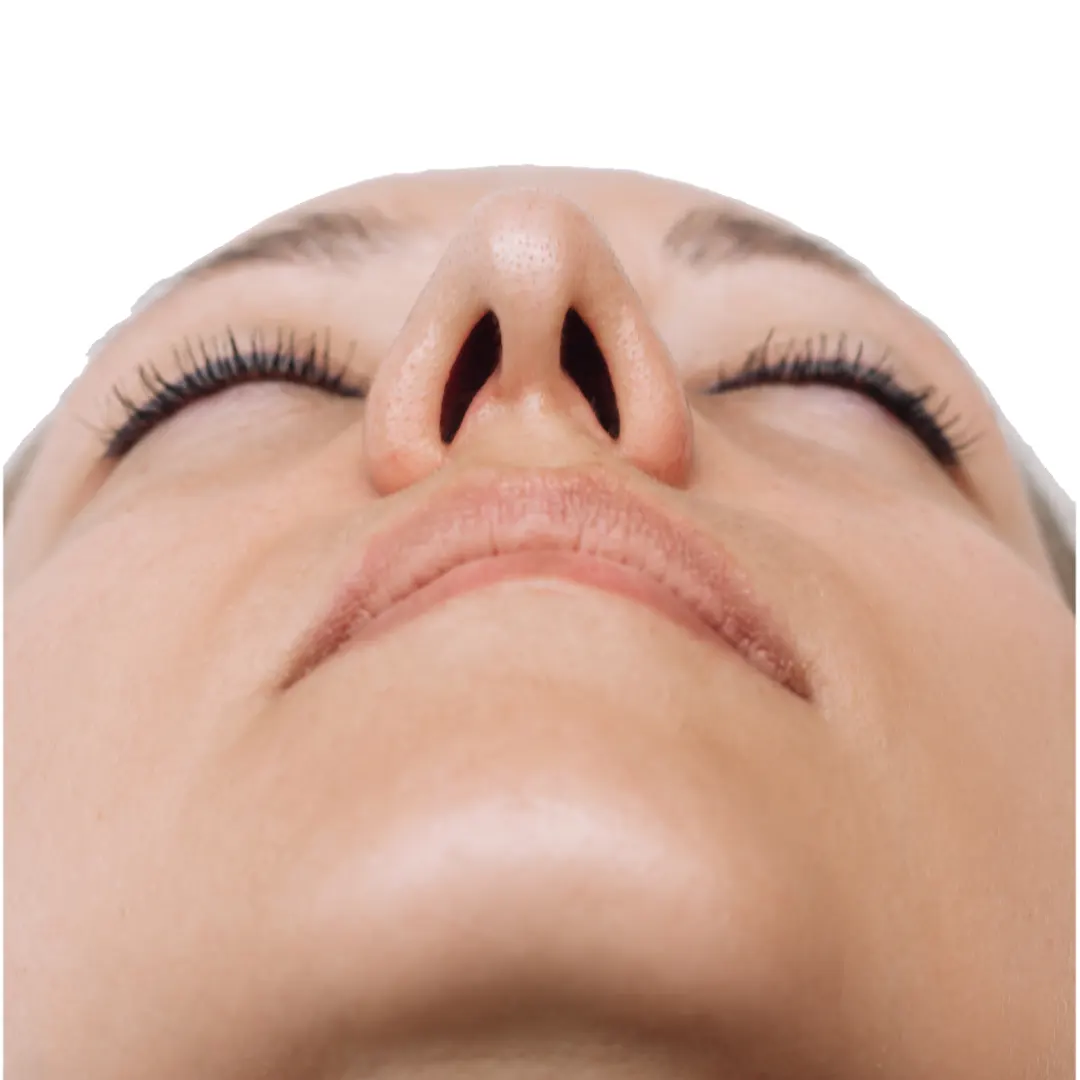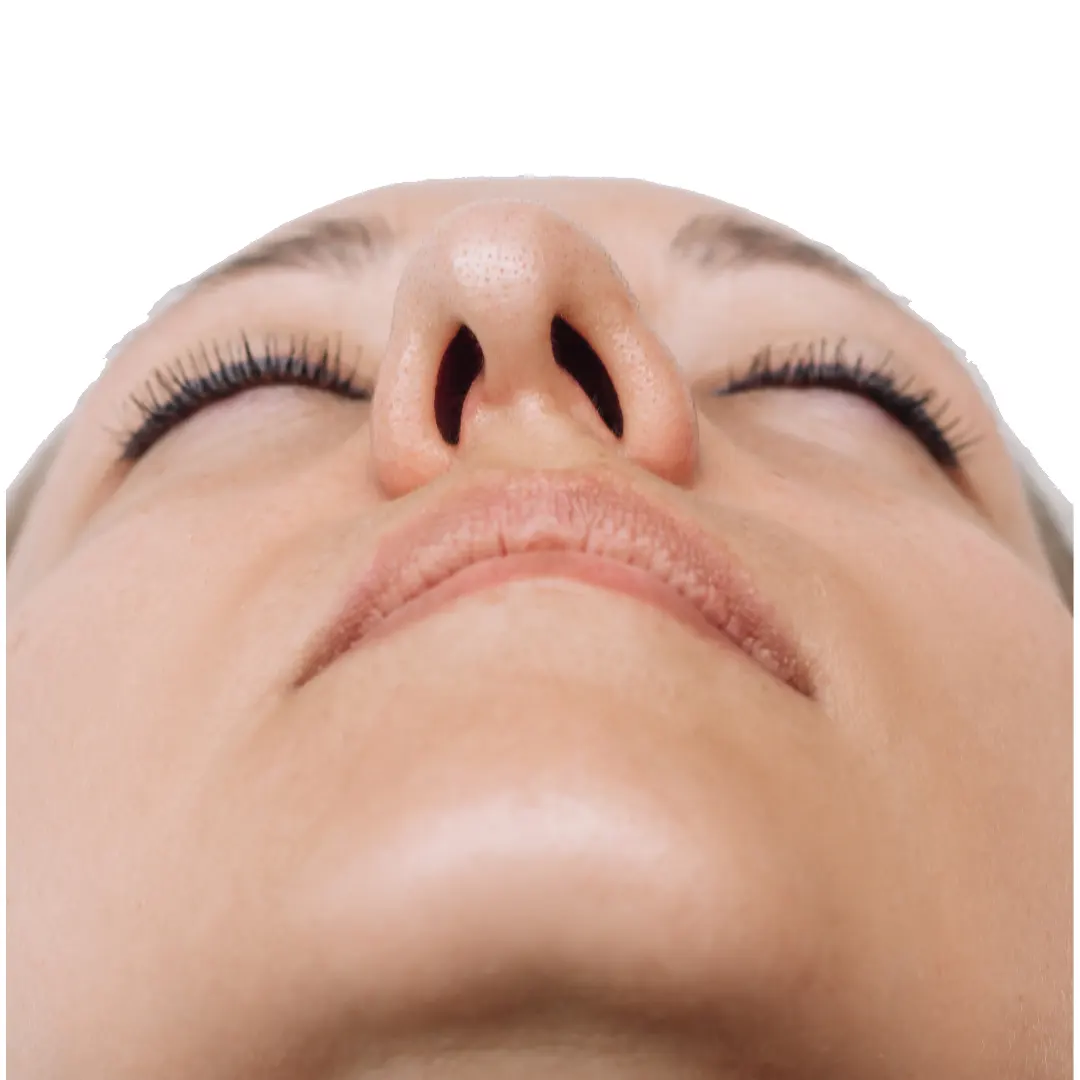Plastic surgery
Explore Our Clinics
What Say About Us?
What motivates us at Taj Clinic to strive for further development in our relationship with our valued visitors is the smile of satisfaction and the joyful look on their faces when they see the results. Witness with us how their reactions at Taj Clinic have garnered their admiration for its exceptional administrative care, the expertise of our skilled doctors, the quality of comprehensive services provided, meticulous attention to detail, post-procedure medical follow-up, and the astonishing results they have achieved.
Steps for cosmetic surgery services:
Contact our medical consultant and let them guide you throughout the entire process.
Plan your medical tour in mutual agreement with our consultant.
Get your tickets booked and choose the procedure date.
Sit back and relax until the appointment time, and leave everything to us.
We will pick you up from your arrival location and accompany you between the hotel and the clinic for the round trip.
We will transport you from your arrival location and accompany you between the hotel and the clinic for the round trip.
Frequently Asked Questions
In most cases, body sculpting surgery is considered a cosmetic procedure and is not covered by insurance. However, in some cases where the procedure is considered medically necessary due to a medical condition or injury, insurance may cover the cost of surgery.
Body contouring surgery refers to a variety of surgical procedures designed to reshape and contour the body. These procedures may include removing excess skin and fat, tightening muscles or changing the shape and size of certain parts of the body, such as; Abdomen and thighs, or arms and buttocks.
The cost of body sculpting surgery varies depending on the extent of the procedure, the surgeon’s experience, the location of the surgery, and the clinic’s prices. In general, the cost of body contouring surgery can range from $4,000 to $15,000 or more.
Non-surgical body sculpting refers to non-surgical or minimally invasive cosmetic procedures that can help reshape and define the body without the need for surgical intervention. Examples of non-surgical body sculpting procedures include CoolSculpting and SculpSure.
After rhinoplasty, patients are usually advised to avoid strenuous physical activities, lift heavy objects, blow their nose, and wear eyeglasses or sunglasses for several weeks to allow for proper healing.
Rhinoplasty is usually performed under general anesthesia, so the procedure itself is not painful. Some people may experience mild discomfort, swelling, and bruising after the procedure, but these symptoms can be managed with medications and cold compresses.
The duration of rhinoplasty can vary depending on several factors such as: The extent of the operation and the experience of the surgeon. On average, it can take 1-3 hours to complete.
Recovery time after rhinoplasty can vary depending on several factors such as the extent of the procedure, the patient’s general health, and adherence to post-operative instructions. On average, it may take 2-3 weeks for initial recovery and several months for the final results to be fully visible.
Rhinoplasty is a cosmetic or reconstructive surgical procedure that involves reshaping the bone and cartilage of the nose to improve its appearance or function.
Rhinoplasty, also known as rhinoplasty, is a surgical procedure aimed at improving the appearance and/or function of the nose by reshaping bone and cartilage.
The cost of rhinoplasty varies depending on several factors, such as the surgeon’s experience, location, and extent of the procedure. On average, it can range from $5,000 to $10,000 in the United States
Rhinoplasty
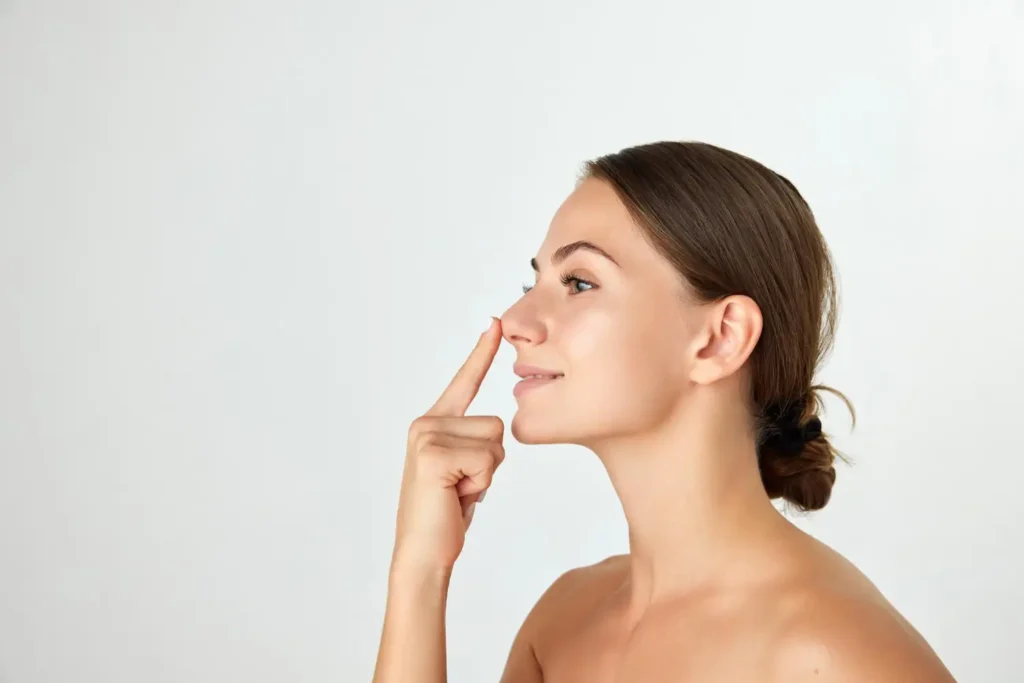
Description Rhinoplasty
Rhinoplasty, or as it is known in English, is a surgical cosmetic procedure that has gained global popularity in recent decades. The purpose of the procedure is to reshape the nose to give it a more aesthetically pleasing appearance that complements the overall facial features of the patient. In addition to cosmetic goals, there are also medical and therapeutic objectives, such as treating breathing problems, nasal issues, or any defects affecting the nose. In one procedure, both medical issues can be addressed and the cosmetic appearance of the nose can be altered to achieve the desired shape.
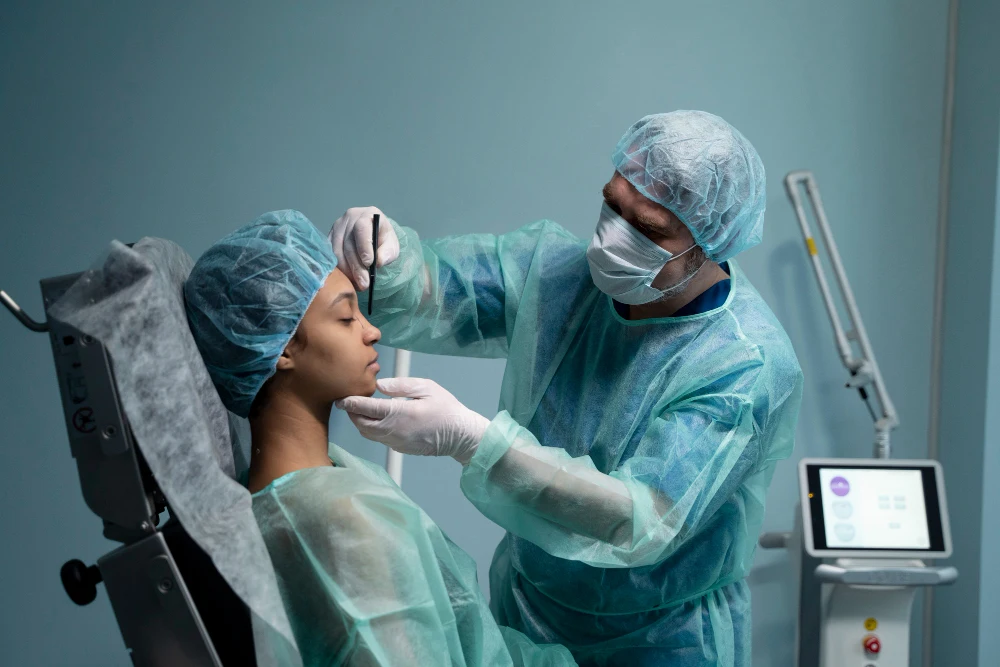
The techniques used forRhinoplasty
The techniques used in rhinoplasty in Turkey have evolved over the years with advancements in the field of cosmetic medicine. There are three main techniques used in rhinoplasty procedures, namely; closed rhinoplasty, open rhinoplasty, and ethnic rhinoplasty. General anesthesia is used in all these techniques.
Closed Rhinoplasty: In this technique, the surgeon makes internal incisions between the upper and lower cartilage to conceal the incisions inside the nose. This technique takes less time and has a faster recovery period.
Open Rhinoplasty: In this technique, the surgeon makes an external incision through the columella. This technique is used in cases of deviations and visible deformities. Open rhinoplasty provides the surgeon with a larger workspace for more precise changes to the nose.
Ethnic Rhinoplasty: Ethnic rhinoplasty is a type of traditional nose job. This technique is generally performed on patients of Middle Eastern, African, or non-Caucasian origins. Often, this technique aims to reshape the nose, especially reducing the nostril size.

Who are the candidatesRhinoplasty؟
- Individuals with medical issues in the nose.
- People with congenital deformities in the nose.
- Individuals who have experienced traumatic accidents affecting the nasal bones or shape.
- People who have suffered from diseases leading to the deterioration or deformity of the nose, such as chickenpox and leprosy.
- Patients with certain types of cancer that may affect the base of the nose.
- The patient must be 18 years or older to be a candidate for rhinoplasty, as facial features and bones should be fully developed.
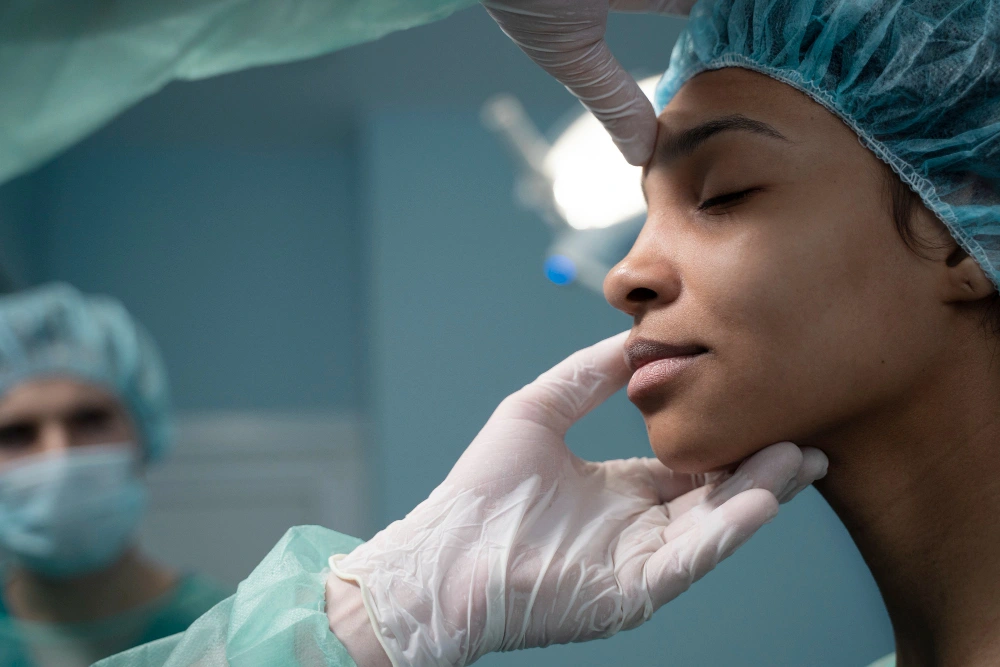
Tips before proceeding Rhinoplasty
Like any surgical procedure, rhinoplasty requires a preparation period.
- Prior to the surgery, the patient should take a break of about a week from work, school, or other commitments.
- Consultation with the doctor and undergoing necessary examinations.
- Cessation of smoking for a period ranging from two weeks to a month before rhinoplasty.
- Abstaining from alcohol consumption before the surgery.
- Avoiding the intake of any blood-thinning medications.
- Compliance with the consumption of vitamin C for a period before the surgery.
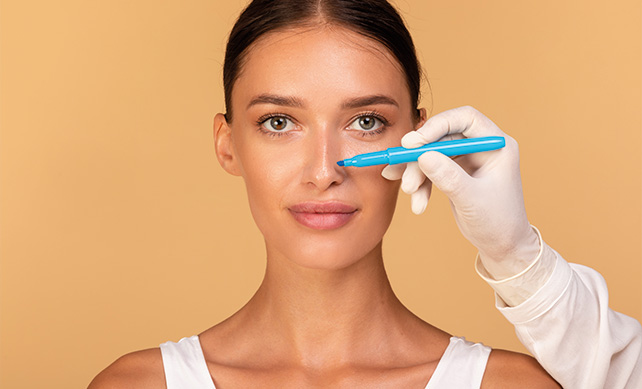
What are the stages Rhinoplasty؟
- Medical Examinations: The rhinoplasty surgeon requests the necessary medical examinations before starting the surgery.
- Anesthesia: Like all surgical cosmetic procedures, including rhinoplasty, the patient is anesthetized. The surgeon then makes the necessary incisions based on the patient’s condition.
- Nose Reshaping: This stage is the main phase of rhinoplasty. The surgeon reshapes the bones and cartilage of the nose as agreed upon with the patient before the surgery. In most cases, rhinoplasty involves reshaping the nose and lifting the nasal tip.
- Nose Shape Correction: In this stage, the surgeon closes the incisions that were made and places a nasal splint. The patient simply needs to wait for the results. Although getting the final results may take approximately a year, after two weeks, when the swelling subsides, changes in the nose and its shape can be observed.
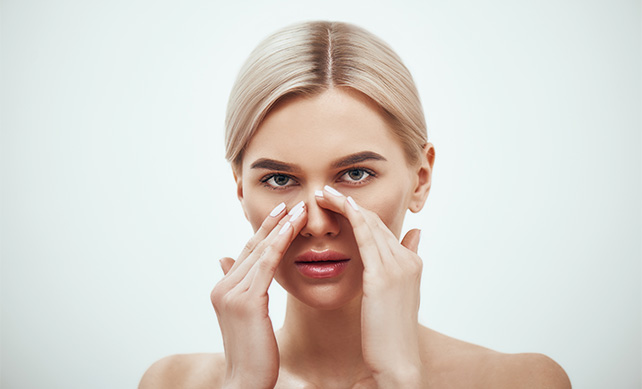
Tips after the operation Rhinoplasty
Like other cosmetic procedures, rhinoplasty surgery also requires some time for recovery. Throughout the first week, you will gradually feel improvement. After the surgery, facial swelling is normal and expected. However, after a week of rhinoplasty, you will start to feel better. At this stage, the patient must follow the doctor’s instructions to achieve the desired results without complications. Some of these tips include:
- Take the medications and antibiotics prescribed by the doctor regularly to avoid any infections.
- Use cold water to apply pressure to the eyes and nose to reduce swelling.
- Avoid vigorous activities until the wounds heal completely.
- Consume plenty of fiber-rich foods such as vegetables and fruits.
- Keep the head elevated for a few weeks after the surgery.
Frequently Asked Questions
In most cases, body sculpting surgery is considered a cosmetic procedure and is not covered by insurance. However, in some cases where the procedure is considered medically necessary due to a medical condition or injury, insurance may cover the cost of surgery.
Body contouring surgery refers to a variety of surgical procedures designed to reshape and contour the body. These procedures may include removing excess skin and fat, tightening muscles or changing the shape and size of certain parts of the body, such as; Abdomen and thighs, or arms and buttocks.
The cost of body sculpting surgery varies depending on the extent of the procedure, the surgeon’s experience, the location of the surgery, and the clinic’s prices. In general, the cost of body contouring surgery can range from $4,000 to $15,000 or more.
Non-surgical body sculpting refers to non-surgical or minimally invasive cosmetic procedures that can help reshape and define the body without the need for surgical intervention. Examples of non-surgical body sculpting procedures include CoolSculpting and SculpSure.
After rhinoplasty, patients are usually advised to avoid strenuous physical activities, lift heavy objects, blow their nose, and wear eyeglasses or sunglasses for several weeks to allow for proper healing.
Rhinoplasty is usually performed under general anesthesia, so the procedure itself is not painful. Some people may experience mild discomfort, swelling, and bruising after the procedure, but these symptoms can be managed with medications and cold compresses.
The duration of rhinoplasty can vary depending on several factors such as: The extent of the operation and the experience of the surgeon. On average, it can take 1-3 hours to complete.
Recovery time after rhinoplasty can vary depending on several factors such as the extent of the procedure, the patient’s general health, and adherence to post-operative instructions. On average, it may take 2-3 weeks for initial recovery and several months for the final results to be fully visible.
Rhinoplasty is a cosmetic or reconstructive surgical procedure that involves reshaping the bone and cartilage of the nose to improve its appearance or function.
Rhinoplasty, also known as rhinoplasty, is a surgical procedure aimed at improving the appearance and/or function of the nose by reshaping bone and cartilage.
The cost of rhinoplasty varies depending on several factors, such as the surgeon’s experience, location, and extent of the procedure. On average, it can range from $5,000 to $10,000 in the United States
Dental veneers can last between 5 to 15 years, depending on the materials used, the individual’s oral hygiene habits, and other factors. Regular dental checkups and proper care can help extend the life of veneers.
If teeth are not kept clean, decay can occur around or under the edges of the veneer, leading to further dental problems. It is important to continue brushing, flossing, and having regular dental checkups to prevent cavities and other dental problems.
Dental veneers are used to improve the appearance of teeth that are discolored, cracked, or have other cosmetic problems. However, other dental treatments may be necessary before veneers are placed if the teeth have significant decay or structural damage.
When placed correctly and taken good care of, veneers will not damage your teeth. However, if the veneer is not placed correctly, or when the underlying tooth structure is damaged during preparation, it can lead to problems such as sensitivity or cavities.






